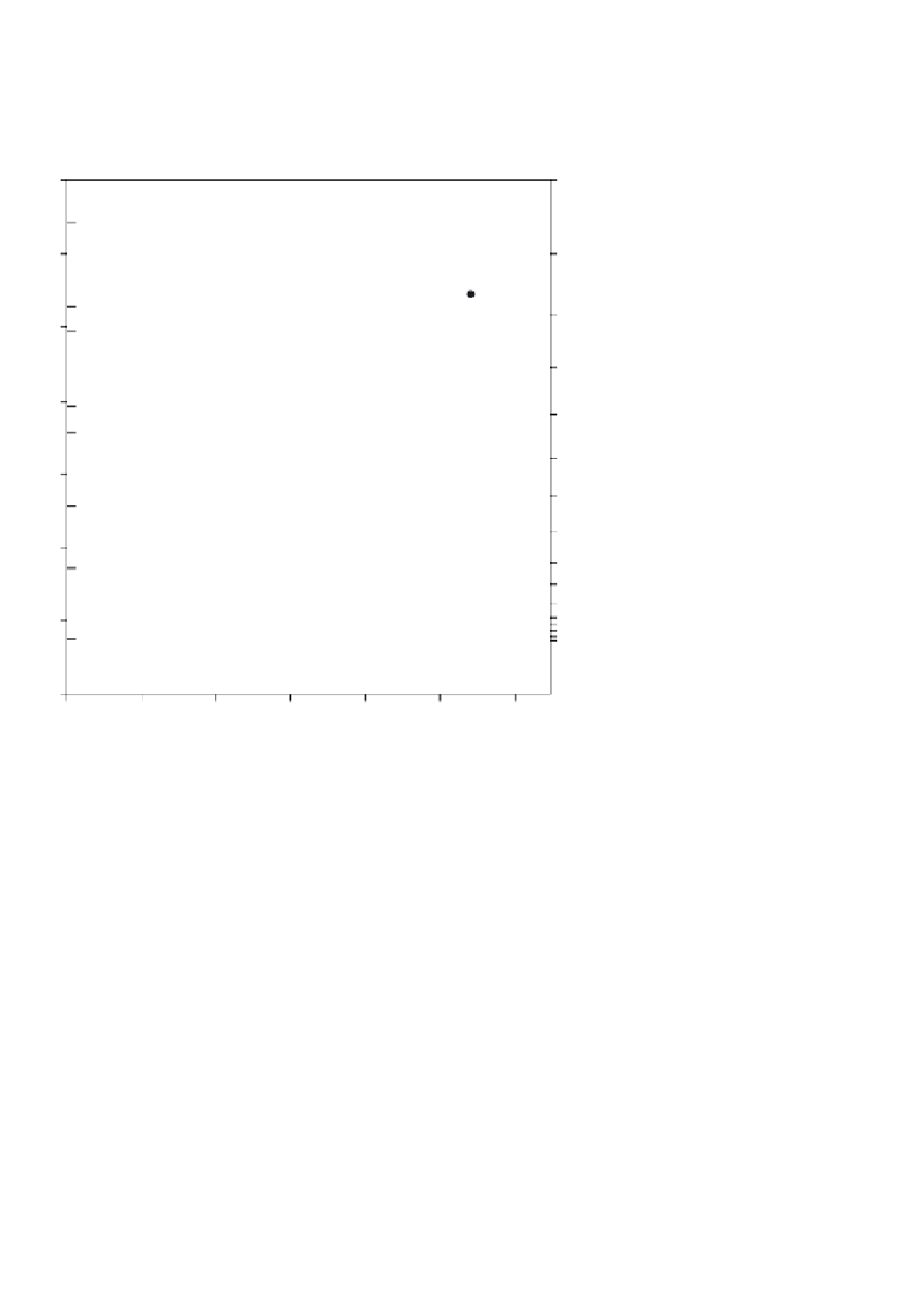Geoscience Reference
In-Depth Information
10
50
THE BIG BANG
10
29
EARTH'S SPIN
SUN'S ANNUAL RADIATION TO EARTH
COMET IMPACT
WORLD'S TOTAL FOSSIL FUEL RESOURCES
10
25
10
24
10
23
10
21
10
8
ANNUAL MARINE BIOMASS GROWTH
MAX. ATMOSPHERIC KINETIC ENERGY
PLANETARY CIRCULATION
WORLD COMMERCIAL ENERGY PRODUCTION 2000
1 YEAR
MONSOON
10
20
10
7
FRONTAL ZONE
WORLD USE OF ENERGY 1950
WORLD TOTAL ELECTRICITY PRODUCTION 1996
TOTAL U.S. NUCLEAR WEAPONS 1985
LARGE VOLCANO ERUPTION
JET STREAM
1 MONTH
10 DAYS
PLANETARY WAVE
10
19
10
6
10
18
ANNUAL EXPLOITABLE TIDAL ENERGY
DEPRESSION
10
5
COLD FRONT
1 DAY
10 HOURS
CLOUD CLUSTER
HURRICANE
10
17
H BOMB 1964
10
16
LOCAL WINDS
10
4
10
15
CUMULONIMBUS
1 HOUR
LARGE THUNDERSTORM
10
14
10
13
10
12
10
11
10
10
10
6
MESOSCALE OCEAN EDDY
LARGE CUMULUS
LOCAL THUNDERSTORM
A BOMB 1945
10
3
10 MINS
TORNADO
CUMULUS CELL
ONE NIGHT'S STREET LIGHTING NTC
LIGHTNING FLASH
ANNUAL HUMAN DIET
ONE HAMBURGER
10
2
1 MIN
DUST DEVIL
10
1
10
1
10
2
10
3
10
4
10
5
10
6
10
7
LENGTH SCALE (m)
Figure 12.1
The relationship between the time and length scales of a range of meteorological phenomena together with their
equivalent kinetic energy (KE) (joules). The equivalent KE values are shown for some other human and natural phenomena. 'Comet
impact' refers to the KT (Cretaceous/Tertiary event). The Big Bang had an estimated energy equivalent to 10
62
hamburgers!
A SURFACE ENERGY BUDGETS
at night, when
S
= 0,
R
n
is determined by the negative
magnitude of
L
n
.
The surface energy flux terms are:
We first review the process of energy exchange between
the atmosphere and an unvegetated surface. The surface
energy budget equation, discussed in Chapter 3D, is
usually written as follows:
G
= ground heat flux,
H
= turbulent sensible heat flux to the atmosphere,
LE
= turbulent latent heat flux to the atmosphere
(
E
= evaporation;
L
= latent heat of vaporization).
R
n
H
LE
G
where
R
n
, the net all-wavelength radiation,
= [
S
(1 -
a
)]
Positive values denote a flux away from the surface
interface. By day, the available net radiation is balanced
by turbulent fluxes of sensible heat (
H
) and latent
heat (
LE
) into the atmosphere and by conductive
heat flux into the ground (
G
). At night, the negative
R
n
caused by net outgoing long-wave radiation is offset
by the supply of conductive heat from the soil (
G
)
and turbulent heat from the air (
H
) (Figure 12.2A).
L
n
S
= incoming short-wave radiation,
a
= fractional albedo of the surface, and
L
n
= the net outgoing long-wave radiation.
R
n
is usually positive by day, since the absorbed solar
radiation exceeds the net outgoing long-wave radiation;























